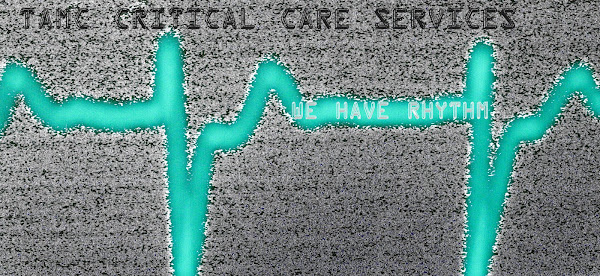Changes in behavior are an early sign of neurologic compromise. They are not specific to neurologic problems, but they are the earliest sign. Keep a close eye on the patient for problems with speech and disorientation. Many nurses start assessing neurologic function by pulling out their penlight and checking the patient's pupils. This is very stimulating to your neuro patient and is not the first thing that is going to change.
If your patient is alert and oriented and you are just trying to follow him to see if his condition is getting worse, the first thing that is going to change is his behavior. Behavior is the highest level of function. Next the patient will have changes in his speech. Speech patterns and the ability to perform speech tell you a lot about the patient's neurologic function. The third level down is content of arousability, and this is what is referred to as orientation. The forth level is arousability; whether or not the patient wakes up when you walk into the room or you have to touch him or use painful stimuli.
If your patient is already unconscious, assess systolic blood pressure as an indicator of intracranial pressure. As intracranial pressure increases, systolic pressure has to increase to continue to perfuse the brain. The very lowest level is the pupil reflex. Changes in pupils do not tell you much about the patient. Pupil changes indicate a very small lesion that is right around the optic nerve or a huge lesion that is causing the patient to herniate.
Check speech first. Put down the penlights and watch the patient's behavior changes.
Best wishes,David W. Woodruff, MSN, RN-BC, MSN, CENPresident, Ed4Nurses, Inc.www.Ed4Nurses.com www.dwoodruff.com


No comments:
Post a Comment